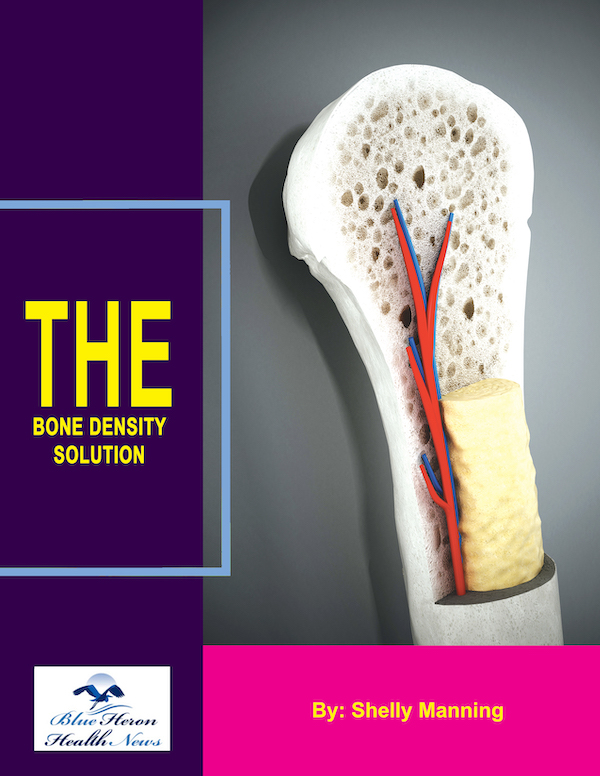
The Bone Density Solution by Shelly ManningThe program is all about healthy food and healthy habits. As we discussed earlier, we develop osteoporosis due to low bone density. Therefore, you will have to choose the right food to help your calcium and other vitamin deficiencies. In addition to healthy food, you will have to regularly practice some mild exercises. Your doctor might offer you the same suggestion. However, the difference is that The Bone Density Solution will help you with an in-depth guide.
How is bone density measured in India?
In India, bone density is primarily measured using advanced diagnostic techniques that are consistent with international standards. Here are the main methods used:
Dual-Energy X-ray Absorptiometry (DEXA or DXA)
- Description:
- DEXA is the most commonly used and widely accepted method for measuring bone density. It uses low-dose X-rays to assess bone mineral density (BMD) at critical sites like the hip and spine.
- The procedure is quick, non-invasive, and involves minimal radiation exposure.
- Procedure:
- The patient lies on a padded table while a machine passes over the body, emitting X-rays from two sources. The amount of X-rays absorbed by the bones is measured and used to calculate bone density.
- The results are compared to the bone density of a young, healthy adult (T-score) and to age-matched controls (Z-score).
- Accessibility:
- DEXA scans are available in major hospitals and diagnostic centers across India. However, access might be limited in rural areas.
Quantitative Computed Tomography (QCT)
- Description:
- QCT uses CT scans to measure bone density, providing three-dimensional images and allowing for separate measurements of cortical and trabecular bone.
- It is more precise in assessing the bone structure and density but involves higher radiation exposure compared to DEXA.
- Procedure:
- The patient lies on a table while a CT scanner rotates around them, capturing detailed images of the bones. These images are then analyzed to determine bone density.
- Usage:
- QCT is less commonly used than DEXA but is available in specialized centers and hospitals in larger cities.
Peripheral Devices (Ultrasound and Peripheral DXA)
- Ultrasound:
- Devices that use ultrasound waves to measure bone density at peripheral sites like the heel. While convenient and portable, these devices are less accurate than DEXA and are primarily used for preliminary screening.
- Peripheral DXA (pDXA):
- Measures bone density at peripheral sites such as the wrist or forearm. It’s useful for initial screening but not as comprehensive as central DXA scans.
Bone Density Testing in Clinical Practice
- Indications:
- Bone density testing is recommended for individuals at risk of osteoporosis, including postmenopausal women, older adults, individuals with a family history of osteoporosis, and those with conditions or medications affecting bone health.
- Availability:
- While urban centers have better access to these diagnostic tools, rural areas may face challenges due to limited healthcare infrastructure. Efforts are ongoing to improve accessibility through mobile health units and outreach programs.
- Public Health Initiatives:
- Organizations and healthcare providers in India are working to raise awareness about the importance of bone health and the availability of bone density testing. Campaigns and programs aim to encourage at-risk populations to undergo regular screening.
Conclusion
Bone density measurement in India is primarily conducted using DEXA, with QCT and peripheral devices serving supplementary roles. These methods are crucial for diagnosing osteoporosis and assessing fracture risk, helping manage and prevent bone-related diseases effectively. Improving access to these diagnostic tools, especially in rural areas, remains a key public health goal.
References
- Mayo Clinic – Bone Density Test
- National Osteoporosis Foundation
- International Osteoporosis Foundation
- Journal of Clinical Densitometry
The Bone Density Solution by Shelly ManningThe program is all about healthy food and healthy habits. As we discussed earlier, we develop osteoporosis due to low bone density. Therefore, you will have to choose the right food to help your calcium and other vitamin deficiencies. In addition to healthy food, you will have to regularly practice some mild exercises. Your doctor might offer you the same suggestion. However, the difference is that The Bone Density Solution will help you with an in-depth guide.
